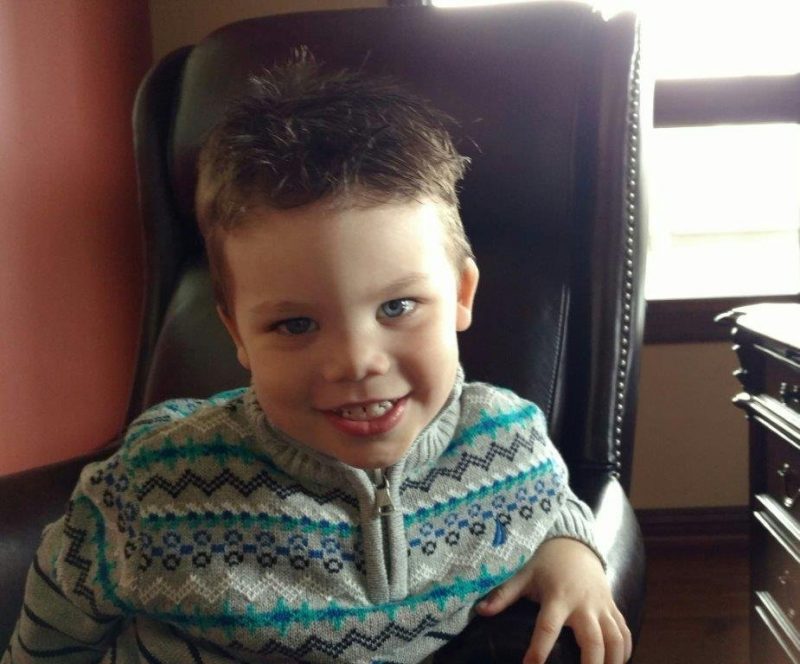Susie, a 7-foot female alligator, hissed menacingly as the airboat pulled alongside the reedy refuge where she lay cooling herself, the top of her head protruding from the water.
“It’s like throwing a warning shot at somebody,” the captain, Scott Vuncannon of Marsh Landing Adventures, said before translating the ominous noise for his passengers: “You’re getting too close, and you’re about to aggravate me.”
Vuncannon said he felt horrible when he learned an alligator had snatched 2-year-old Lane Graves from a lake beach at Disney’s Grand Floridian Resort & Spa, about 30 miles northwest of his home in St. Cloud.
At the same time, he said, the family presented that alligator with…
He cut himself short, not wanting to be insensitive.
The sad fact of the matter is, just like Orange County Sheriff Jerry Demings said hours after the gator absconded with Lane, “This is Florida, and it’s not uncommon for alligators to be in bodies of water.”
The boy died, likely of drowning, just after 9 p.m., which Vuncannon said was an alligator’s “prime feeding time.”
‘Feed it once…’
Vuncannon, who has operated airboats for 26 years and has provided alligator tours for the last 12, said he feels certain “somebody at some point in time fed that alligator.” It could’ve been years, even decades, ago.
Alligators are generally more afraid of humans than humans are of them, he said, and despite millions of years of evolution and conditioning, they have tiny brains — about the weight of a gumball — so they’re not the brightest creatures.
“Feed it once, and he’ll associate all humans with food,” he said, before again translating, “One of them fed me before, one of them will feed me now.”
Tourists need to understand this, he said. You might feed an alligator and go home thinking everything is OK. Nothing happened. Everything was fine.
But, Vuncannon admonished, “You have changed that alligator’s mindset.”
As the airboat roared through maidencane, lily pads and bulrush reeds, cranes and a blue heron took flight. Along with Susie, the 7-footer, the boat came across some babies, likely Susie’s, another larger female and a massive male named Brutus.
Brutus is the only male alligator in his general vicinity, Vuncannon said, explaining that the 12-footer, like all males, is extremely territorial.
What should Disney have done?
Two debates have raged since Lane’s death, one over whether Disney should eradicate alligators at its resorts and one over whether there should have been better signage at the beach where the boy was taken.
The latter poses an interesting argument. Roughly a 10-minute walk from the Grand Floridian, at Disney’s Shades of Green Resort, is a small pond next to a golf course. There, a sign warns visitors to stay away from alligators.
Adjacent to the Grand Floridian is another beach with a sign warning visitors not to swim. It also says, “Please do not feed the wildlife. Feeding changes their natural behavior and may be harmful to their health.”
Yet while the signs at the Grand Floridian warn visitors against swimming, there was no mention of wildlife, let alone alligators. A senior Disney source told CNN on Thursday evening that’s changing, and alligator warnings will be posted on all resort waterways.
As for the second argument — that Disney should rid its abundant waters of the dangerous reptiles — Vuncannon said that one’s a nonstarter.
It goes back to Brutus. While female alligators tend to stay in a territory if they feel comfortable there, males like Brutus want their own territory, which can be as large as 2 square miles.
They will travel to find it and defend it until they lose a limb or die at the jaws of another gator. It would be no problem for an alligator like Brutus to make his way 30 miles to the Seven Seas Lagoon at Disney. They’ve been known to travel farther, Vuncannon said.
‘Think of it as a criminal’
Getting rid of all the alligators on Disney’s sprawling property, he said, is “an impossibility.” Disney could hire a fleet of boats with trappers tasked with nothing but snaring alligators, and “you’re never going to get rid of them,” he said.
Florida is rife with tributaries and waterways, sure, but a male alligator is also content to travel on roadways, scoot through canals and drainage pipes, and even climb chain-link fences to get to its destination, he said.
You’d be hard-pressed to keep one out of your swimming pool, let alone a 27,000-acre property like Disney.
“Kind of think of it as a criminal,” Vuncannon said. “If a crook wants to get in, a crook’s going to get in. … There’s nothing any theme park can do to stop (an alligator) from getting in.”
Complicating matters is that they’re clever at cloaking themselves, he said. While visiting Yellowstone, you might see feces or a torn-up garbage pit indicating a bear had been in the area. Not so with alligators.
Fewer than 10 feet from Susie and Brutus, CNN reporters needed Vuncannon’s keen gator-spotting eyes to pinpoint the beasts.
Tourists need to be vigilant when visiting bodies of water in the Southeast, especially in Florida and Lousiana, and remember to never approach an alligator if they see one, the airboat skipper said.
As for visiting one of Florida’s myriad theme parks, he said, the attack on young Lane was anomalous. It shouldn’t dissuade anyone from visiting.
“All the theme parks do the best they can to make sure things are safe,” he said. “This is how we make a living.”
